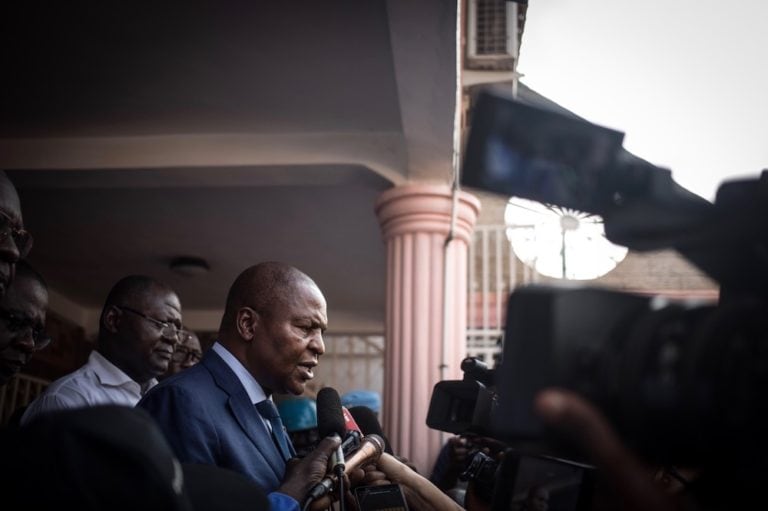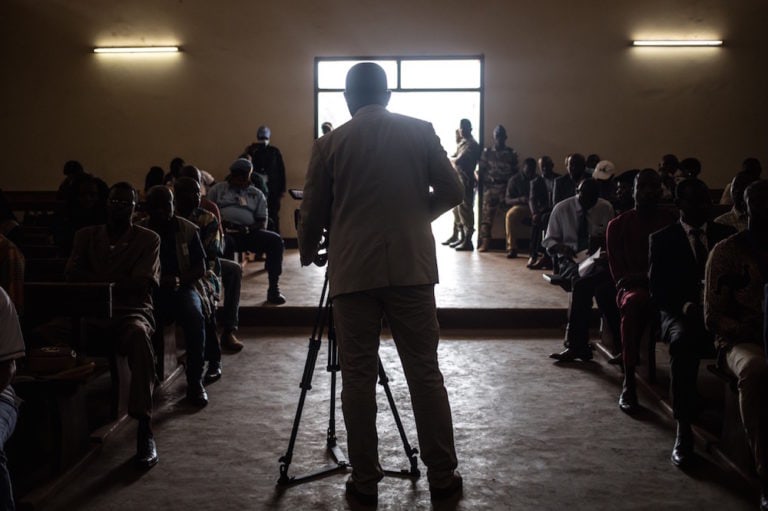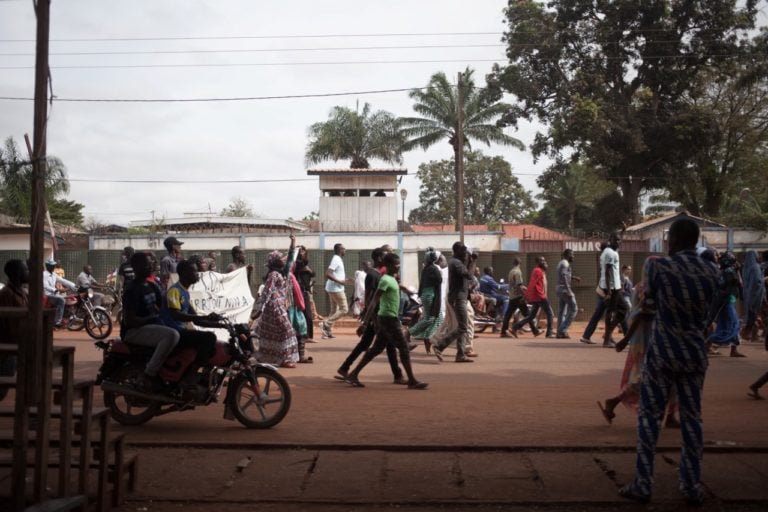The Central African Republic's current humanitarian crisis, which stems from ongoing political tensions between sectarian militant groups, sheds light on how recurrent waves of political violence have created conditions that endanger both the lives and profession of journalists in one of the most underdeveloped nations in the world.
By Francine Navarro
A landlocked state whose neighbours are steeped in political turmoil, the Central African Republic is mired by four decades of coups and civil unrest that have left the country in a protracted state of instability.
The country’s current humanitarian crisis, which stems from ongoing political tensions between sectarian militant groups, sheds light on how recurrent waves of political violence have created conditions that endanger both the lives and profession of journalists in one of the most underdeveloped nations in the world.
Background
The Central African Republic (C.A.R.) recently attracted considerable international attention as a result of a humanitarian crisis that developed from the March 2013 coup, when the Seleka, a coalition of rebel groups from the northern parts of the country, violently overthrew then-president François Bozizé. The coup stemmed from the coalition’s frustration with Bozizé’s failure to uphold a peace deal signed in January of that year. As Seleka members overtook the capital, Bangui, they committed countless atrocities–mass killings, arson, lootings, sexual violence, and the recruitment of child soldiers–which triggered violent reprisals from a rival, predominantly Christian collective of resistance fighters known as the “anti-balaka.”
Since the Seleka has a largely Muslim membership, the anti-balaka committed similarly heinous crimes against Muslim civilians thought to be allies of the coalition. Human Rights Watch reports that a number of villages in the northwest have even lost entire Muslim communities to forced displacement or murder at the hands of anti-balaka fighters. So far, the crisis has displaced an estimated one-quarter of the C.A.R.’s total population.
The Seleka coalition was disbanded in September 2013 and retreated to the north after ceding power in January 2014, when Catherine Samba-Panza was elected president. However, in a state where the justice system has reportedly ceased to function, neither side of the conflict has reigned in their attacks on civilians.
Against this backdrop of violence, impunity, and displacement, domestic journalism in the Central African Republic has been effectively paralyzed.
Watch the video below to learn more about the state of journalism in the C.A.R.
Journalism in Peril
Research, Script, Illustration, Narration, and Animation: Francine Navarro
Copy Editing: Alexandra Zakreski, Alexandra Theodorakidis, and Laura Tribe
Backing track acquired under Creative Commons License:
Wonder Cycle (Chris Zabriskie) / CC BY 4.0
Special thanks to the following resources for names, dates, statistics, quotes, and events referenced in the video:
• International Media Support’s Roundtable Report
• Reporters Without Borders
• IREX Media Sustainability Index
• Human Rights Watch
C.A.R. in the news
• Al Jazeera: CAR key players (December 5, 2013)
• Amnesty International: Central African Republic: Ethnic cleansing and sectarian killings (February 12, 2014)
• The Globe and Mail: Thugs, militias hold power in anarchic Central African Republic (March 2, 2014)
• BBC: Why are Muslims fleeing their homes in CAR? (April 2, 2014)
• Toronto Star: In Central African Republic, a lesson in hate (April 5, 2014)
• The Guardian: UN votes to send peacekeeping force into Central African Republic (April 10, 2014)
• Reuters: Besieged Muslims face murder, starvation in Central African Republic (April 18, 2014)
Francine Navarro is a Research and Publications Assistant at CJFE.
This article was originally published on cjfe.org on 24 April 2014.




